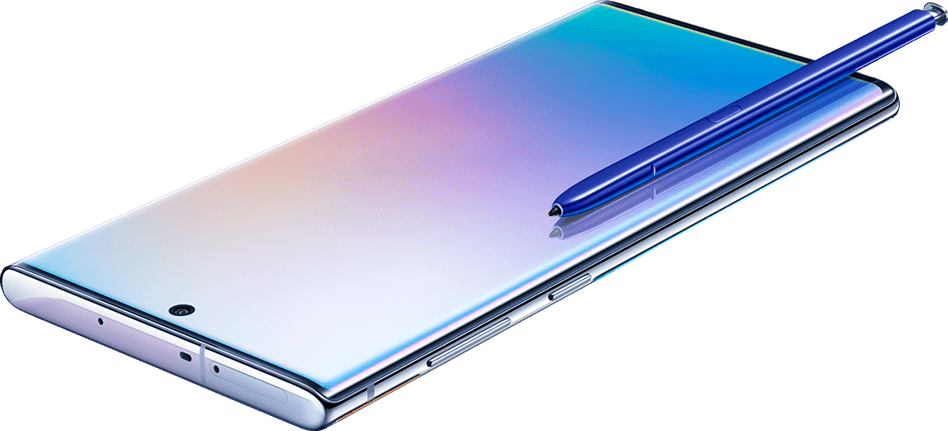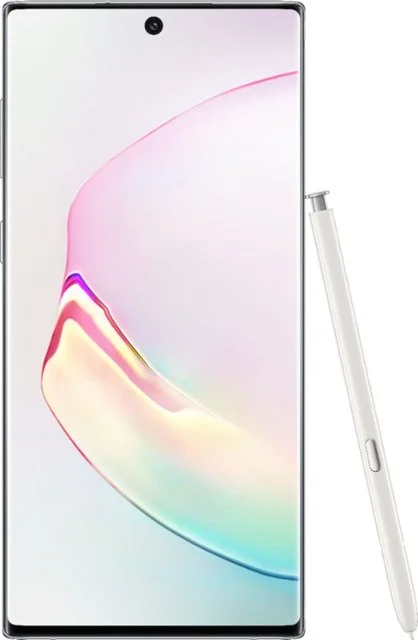The New Galaxy Note 10, What's Changed and What's Still The Same
Topic: Mobile devices
It’s been a week since Samsung unveiled their top-end flagship smartphone, the Galaxy Note 10. I've had plenty of time to digest all of its features and hardware specs presented on the device. But before we get into the topic at hand, I want to point out much like the Galaxy 10 series, there are three versions. There's the Galaxy Note 10, the Note 10 Plus and the 5G variant. Let us direct our focus on the Samsung Galaxy Note 10.
Rather than do the usual feature and hardware breakdown, I decided to compare and contrast the main features between the Galaxy Note 9 versus the Galaxy Note 10. Is there a significant change between the two devices that's worth the upgrade. My reason for choosing the Note 10 for this post is mainly because I feel most consumers likely will gravitate towards purchasing the Note 10 over 10-Plus. With pricing playing a big role in the decision-making process. By the way, the Note 10-Plus comes in a whopping $1100.
So What’s Changed?
Much like the Galaxy 10 the new Galaxy Note 10 now has three cameras. Which is standard with most top-end smartphones today. It sports a 16MP ultra-wide lens, 12MP telephoto lens, and a 12MP wide-angle lens. While retaining a single front-facing camera that bumps the MP up by 10.
As expected, the Note 10 upgrades its processor from 845 to an 855 Snapdragon. Now with the memory and storage, here's where it gets interesting. While the Galaxy Note retains the 8GB RAM., your only storage option is 256GB. Absent is the expansion SD card slot which pretty much limits your options to the default storage capacity. Still and all, 256 GB storage is sufficient enough for the casual user. For the power users who capture tons of video on their smartphone, adding more storage is a necessary need. Your best course of action is to get the Note 10-Plus. It has the SD card slot that’s expandable to an astounding 1TB of storage.
When it comes to display, in comparison to Note 9 there's a bit of a downgrade from 2960 x 1440 pixel resolution to 2280 x 1080 pixel resolution. If having the extra pixels is the absolute deal-breaker then again, you should opt for the Note 10-Plus. On a side note, In the future, I would loved for Samsung implement 90Hz refresh rate over the standard 60Hz refresh rate on their displays. Much like what you have with the One-Plus 7 Pro.
Interestingly, with the Note 10 there’s also a downgrade from 4000 mAh to 3500 mAh. But Note 10 does still offer wireless charging and now have reverse 9W wireless charging. Also, supporting much faster wired charging rates. Finally, the biggest change of all Samsung has finally succumbed to ditching the headphone jack. Which shouldn’t affect anyone listening pleasure since many smartphone owners today are using Bluetooth headphones.
On the security front, the Galaxy Note 10 now has the under-display fingerprint reader. A feature that was introduced in the Galaxy 10 series.
What Remains The Same?
Though the pixel count is down from last-gen variant, Samsung retains the AMOLED display, which is still an industry best. As I eluded earlier in the post, the RAM capacity is still the same which does not exceed past 8GB. Most will agree that amount of RAM is more than enough for any smartphone user. With the battery, at this point you should expect all Samsung devices to have Qi wireless fast-charging since it's now the main staple feature on all Samsung smartphones.
No surprises here with the software as the Note 10 smartphone still uses One UI layered over Android 9.0 (Pie).
To Upgrade or Not To Upgrade That Is The Question
So if you're asking me whether or not you should make the upgrade I would say yes. Provided that you're coming from a Note 8 or older. If you currently own the Galaxy Note 9, it's not worth the upgrade. The Note 9 actually have a better display and a bigger battery. With the urge to splurge, Note 10 Plus or even the 5G variant would probably be money worth spent.






